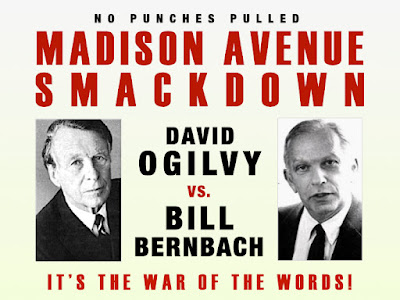Brooks' look hooks

One of the goals of an effective ad campaign is a consistent, identifiable look that’s distinctive of the advertiser and can unify the campaign across different mediums and messages. And that can apply to movie posters, too. (And not just for series like Star Wars and Indiana Jones .) While reading Mel Brooks' recent autobiography , All About Me , which is illustrated with posters of many of his movies, I realized something that I hadn’t, back when the movies came out years apart. Several of the posters for first half-dozen or so movies had a kind of “house-style” to them. In fact, the poster for 1974’s Blazing Saddles was the first for designer John Alvin, who would go on to create posters for more than 135 films, including Blade Runner , The Color Purple , Beauty and the Beast , and The Lion King . Alvin di ed in 2008; today, he’s remembered as a “master of the tease,” the image that sells the movie without the hyperbole and hucksterism of classic movie advertising. (Th



